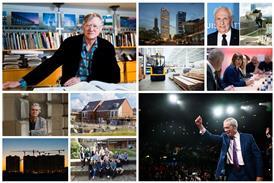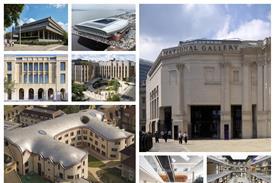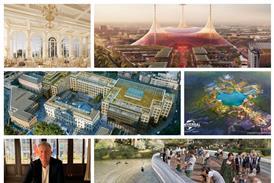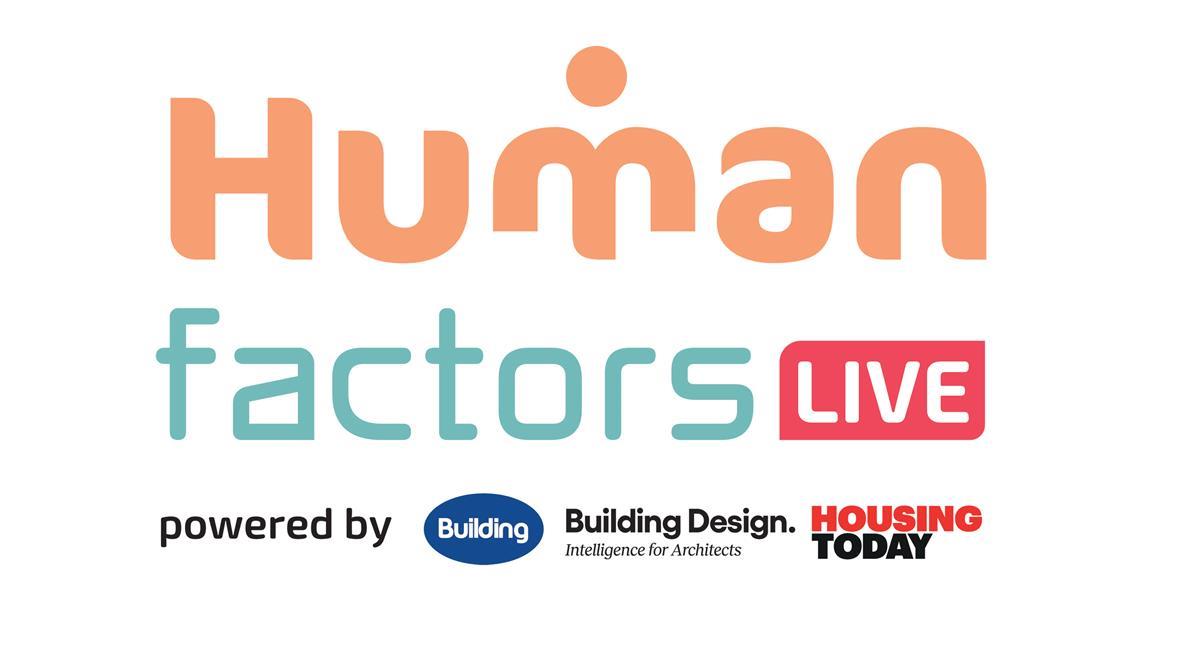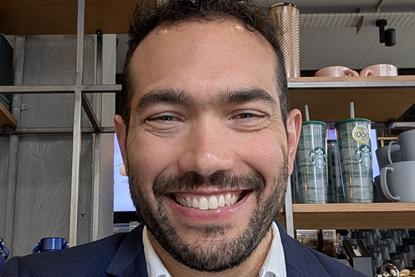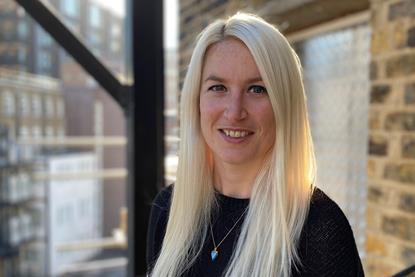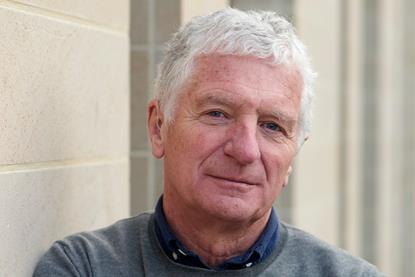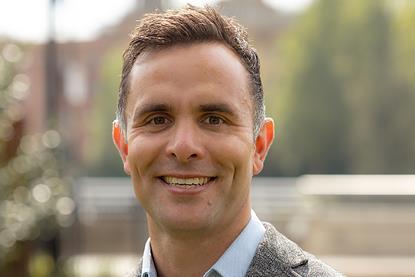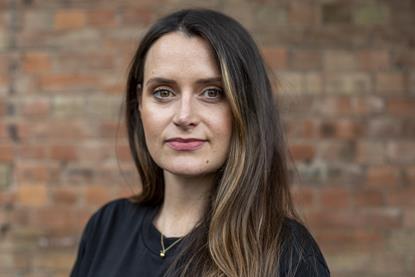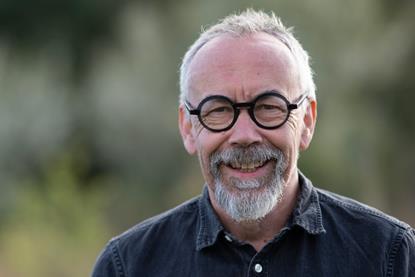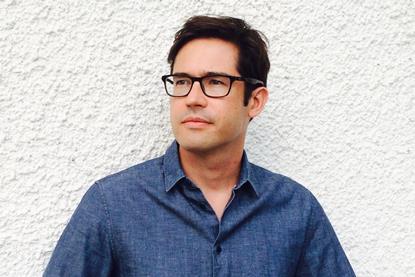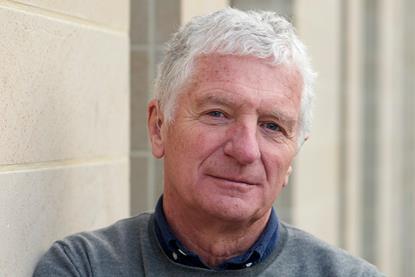- Home
- Intelligence for Architects
- Subscribe
- Jobs
- Events

2025 events calendar Explore now 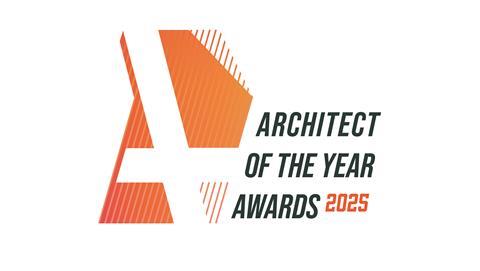
Keep up to date
Find out more
- Programmes
- CPD
- More from navigation items
Opinion
Latest Opinion
We must encourage the building of urban one-home wonders
The National Planning Policy Framework includes a specific allowance for single houses in rural areas that are “truly outstanding” where they would otherwise be refused. An equivalent provision is needed in urban areas, writes Russell Curtis
Advertisement
Advertisement
More Opinion
The future of high-rise: why restoring public trust means redefining value
Dr Danilo Gomes argues the future of high-rise housing depends as much on building in social value as it does on overcoming regulatory bottlenecks
Why I have decided I will no longer be called an architect
We need a new system of registration which focuses on the competence of all built environment professionals if we are to ensure buildings are safe and of high quality, Chris Williamson explains
The government’s ‘build, baby, build’ agenda cannot succeed unless architects are involved from the start
Only around 6% of UK homes are designed by architects, but getting them involved early is one of the most effective ways of ensuring that homes are built to last, to support community life, and are easier to live in over time, says Simon Vernon-Harcourt at City & Country
Signs of progress and goodwill at this latest Grenfell landmark
This Sunday marks another significant date for the community of bereaved relatives and concerned residents in Kensington and Chelsea, but this year it takes place amid changed circumstances, writes Emma Dent Coad
Designing cities for play: Why child-friendly spaces matter
Children are the benchmark of an area’s liveability. They tell us whether it is healthy and inclusive. If it does not work for them, it is failing, writes Lendlease’s Nick Watson
How architects can unlock ‘difficult’ sites across the UK
Constrained and underused land can be transformed into a catalyst for sustainable, connected urban growth with some pragmatic, design-led thinking, writes Louise Scannell, a design director at WW+P
What’s stopping us from reducing the cost of sustainable design?
Anna Beckett argues that while steel reuse and ambitious retrofit strategies remain more costly than conventional construction, the industry can no longer rely on goodwill alone and only clear regulation on embodied carbon will create the level playing field needed to make reuse mainstream
Engineering the future: What biodiversity means for the next generation of design
The BNG requirement was meant to be a positive not a problem for developments. Design teams must take the lead to make sure it works as intended, Agata Lo Certo writes
Why I believe the ARB’s reforms are dumbing down architecture
As the ARB moves to overhaul the structure of architectural training, Austin Williams warns that the proposed changes will weaken standards and erode architects’ professional standing
Why I believe the ARB’s reforms are dumbing down architecture
As the ARB moves to overhaul the structure of architectural training, Austin Williams warns that the proposed changes will weaken standards and erode architects’ professional standing
Public-sector procurement in Scotland is a mess – and architects are paying the price
Given the high proportion of public sector projects and the number of small practices operating on tight margins, attempts by the RIAS to improve an unsustainable situation are most welcome, Rab Bennetts writes
Why AI won’t replace architects – it will make them better
Dr Stephen Hamil argues that AI’s true value lies in liberating architects from administrative tasks, allowing them to focus on creative problem-solving while machines handle technical groundwork and compliance checking
AI could force us to re-imagine how public consultation in planning works
Local residents are increasingly using AI tools to craft letters of objection to schemes en masse. We need to think about how technology could help us to create a better planning system, writes Paul Smith
The paradox of simplicity – achieving invisible luxury in super-prime homes
Cameron de Wys explains why today’s most luxurious homes are defined as much by what we don’t see as what we do, and describes the challenges involved…
Why I’m still grateful to be practising architecture in New York
Chris Fogarty looks back at the culture, character and creative possibilities of New York, and why they still inspire him after 30 years in the city
Who is really advocating for architects?
Drawing on the Fawcett Society’s findings, Eleanor Jolliffe asks whether the profession’s culture and its lack of meaningful representation is failing not only women but architects more widely
How rising software prices are shutting out SME architects
Soaring subscription costs are becoming a structural threat to SME architects, with essential tools rising far beyond inflation and no viable alternatives in sight, Hien Nguyen writes
The built environment: Britain’s hidden super industry
Martyn Evans argues that one of Britain’s largest and most vital industries remains hidden in plain sight. He urges the government and business to recognise the built environment as a unified sector central to national prosperity
Expectant on site: reflections on pregnancy and architectural practice
Architect Jennifer Pirie explores how being pregnant and on site revealed opportunities for a more inclusive architectural culture
Two decades on and women in architecture still face many of the same barriers
In response to the Fawcett Socety’s independent report for the RIBA, Sumita Singha asks why so many women in architecture still struggle to be valued and recognised throughout their careers
Preserving Britain’s past and building its future – why our heritage depends on vocational skills
Adrian Attwood exposes the crisis in heritage-conservation craft skills, and makes a plea for more young people to be encouraged into the field
What if part of the answer to our building problem is actually to build less?
‘No-build’ and ‘low-build’ solutions are a relatively cheap and simple way to reduce the size of the housing waiting list and shrink the size of the infrastructure pipeline, writes Beth West
My quest for accessible cities starts here
Andrew Teacher is launching a drive to rethink how accessibility is built into cities
Traditional architecture isn’t elitist – architectural education might be
Architecture student Elliot Robbie argues that by dismissing traditional design, architectural education risks alienating the very public it claims to serve – excluding large sections of society from shaping and identifying with the built environment
How waterfronts became the lifeblood of urban regeneration
Drawing on his own experience from Birmingham to Liverpool, David Rudlin explores how attitudes to water and place have shaped modern urban regeneration
The case for more specialist pathways in architecture is growing stronger
As construction grows ever more complex and other professions embrace specialisation, architecture risks being left further behind. Ben Flatman asks whether the time has come for change
Losing our craft: the tragedy of replace-not-repair architecture
Tanvir Hasan argues that the growing web of regulation and risk aversion is accelerating the loss of historic craftsmanship – and with it, our ability to repair and care for buildings sustainably
The elephant in the lecture theatre: Why universities must rethink space, community and culture
The way teachers teach and students learn has changed and empty buildings and outdated facilities are draining resources. A culture shift is required if HE institutions are to avoid a slow decline into irrelevance, says Philip Watson
Britain’s lost builders: making housing viable again for SMEs
Miranda MacLaren argues that financial reform, fairer procurement and design for local delivery are essential to revive small builders and rebuild housebuilding capacity
Strengthening collaboration in bathroom design through digital tools
The shift towards using advanced digital tools in bathroom design, planning and installation is not only improving accuracy but also strengthening collaboration across the supply chain. Neelam Bala reflects on the benefits of a more connected, transparent way of working
It’s time to give Scottish architecture a public platform again
With no permanent venue for architectural discussion since the closure of The Lighthouse, Rab Bennetts calls for a renewed public platform to reconnect design, policy and civic engagement in Scotland
Good housing starts with good urban design
Ana McMillin argues that the success or failure of new neighbourhoods will be decided by the quality of streets, public spaces and community life
The Coach: On letting go…
Taking inspiration from the changing seasons, Louise Rodgers explores how we can find strength and draw important lessons through letting go


